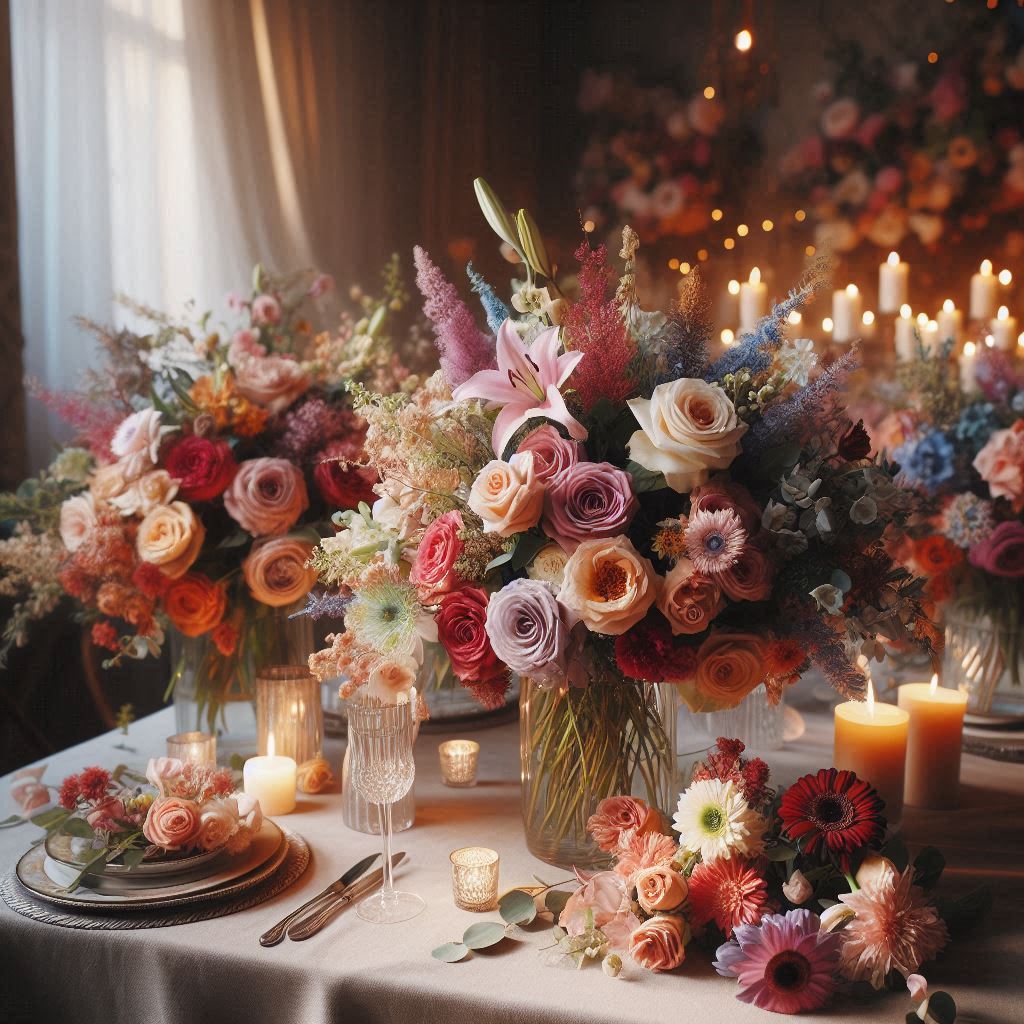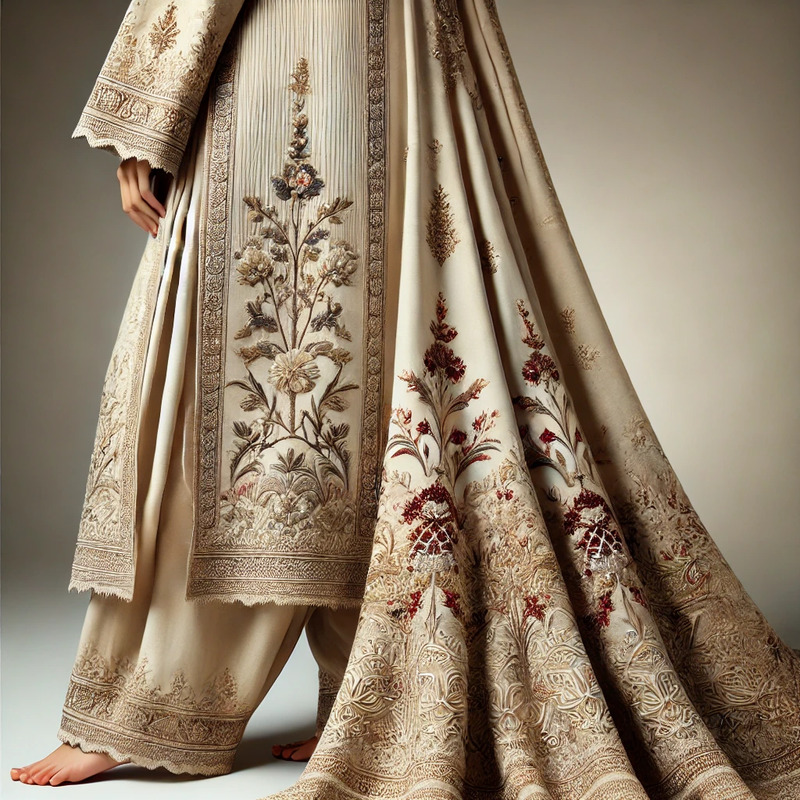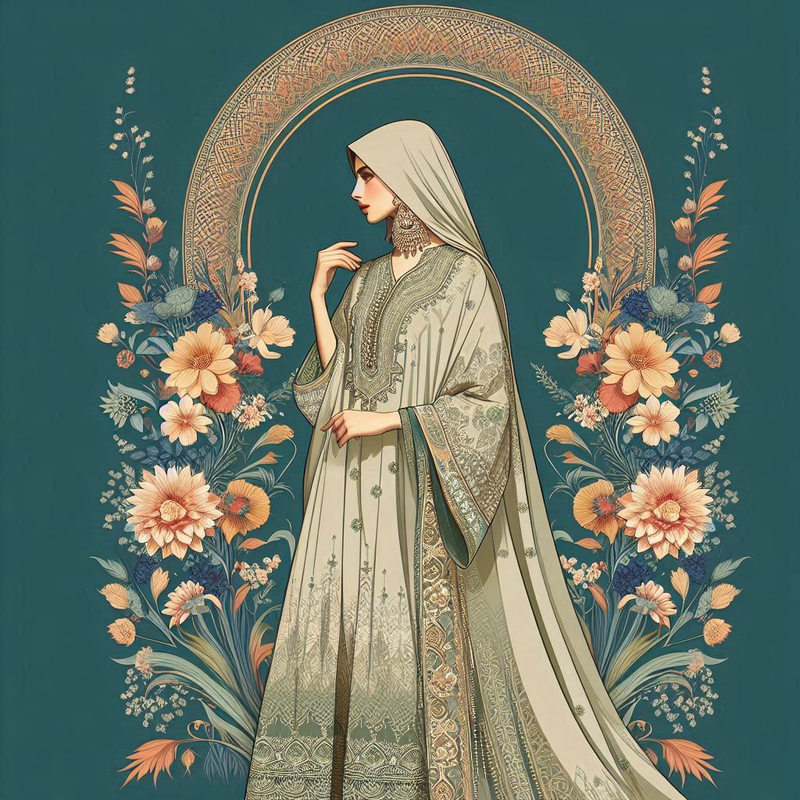Glass Bangles
Glass Bangles- a fashion essential
Glass Bangles form an essential fashion item of personal adornment for the women of Pakistan, Bangladesh and India, especially for brides. Colorful and tinkling bangles denote joy and most of the newly weds regularly wear bangles in their early day of marriage. Other than marriage, glass bangles are popular during the Eid season also.
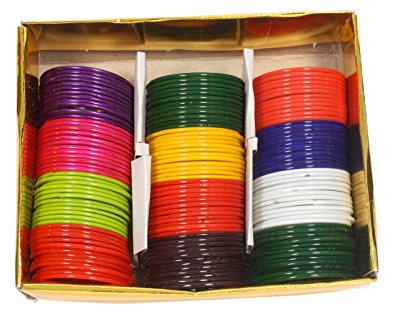 |
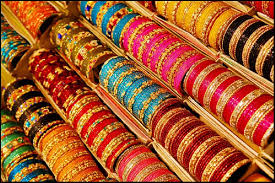 |
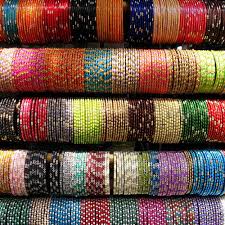 |
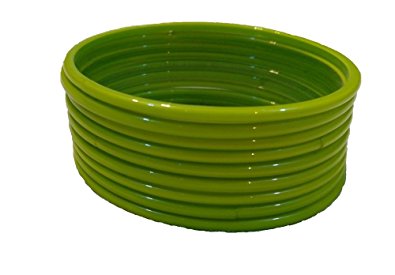 |
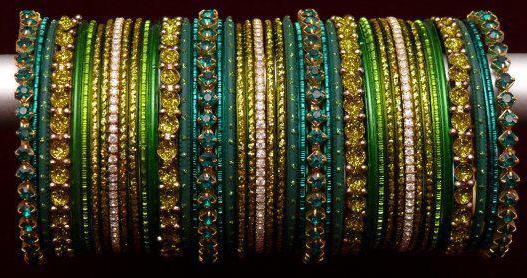 |
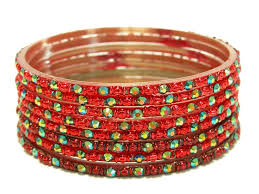 |
Glass Bangles - the Perfect Match
Beautifully colored to match or contrast with any outfit, these are worn by the dozens for any festivity. The colors and tinkle of the bangles creates an awesome aura of happiness, romance and festive feeling.
Glass bangles are known as Churi for singular and Churian for plural. The types are so many that one can't remember all but a visit to the Churi shop blows the mind away. There are transparent glass bangles and opaque ones, plain and cover with silver or gold filigree type work. There are sets made with bangles and Karas - the two bigger bangles at each side of a bunch.
The moment a festivity is planned, glass bangles come to the mind as one of the first things that add to the color and joy of the festivity. Be it weddings, Eid or any other happy occasion, the thought is not complete till a large array of glass bangles is not included in the purchase list. There is a huge market of glass bangles manufacturers in Pakistan, though these are mostly men, a lot of women sell them going from house to house in their straw basket.
Glass Bangles - a Chand Raat Delight
On the night of the Eid Festival called the 'Chand Raat' people call these Churi walis to the house and with henna being put on hands to celebrate Eid; matching bangles are also purchased for the guests. Glass bangles are very low priced and yet bring loads of joy and happiness.
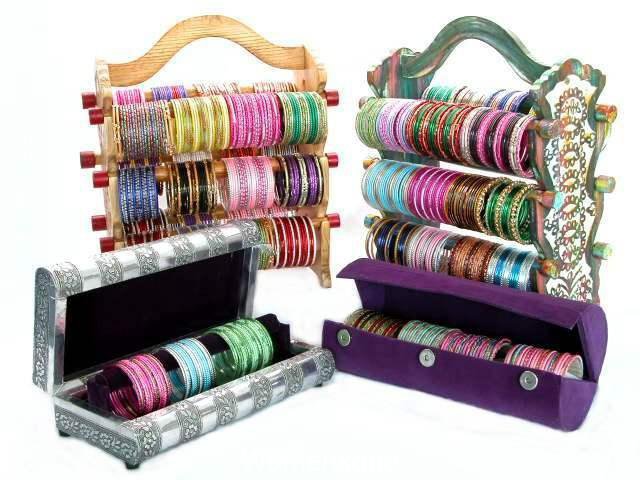 |
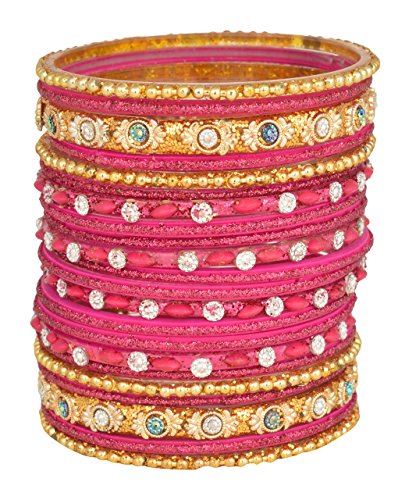 |
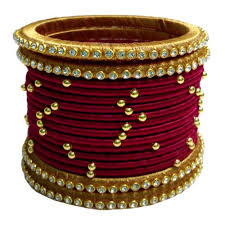 |
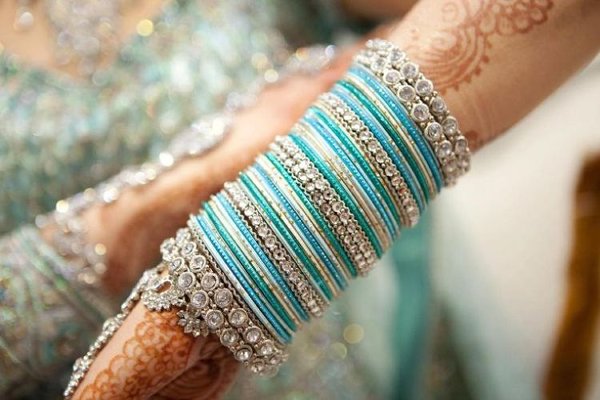 |
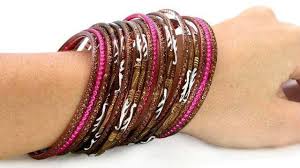 |
 |
Glass Bangles - caution!
A word of caution - One has to be careful while wearing the glass bangles as they can break and scratch the skin. So don't fall while your bangles are on or you may hurt yourself ... though it is not a common occurrence.
Glass Bangles - How are they made?
As the name denotes, glass bangles are made from glass, one of the most easily molded material. Glass is molten at a very high degree of around 1400 degree Celsius in a container. Then the workmen who have the expertise collect the molten piece of glass on a long iron rod and transfers it to another workman who rotates the molten glass on a rod and keeps rotating till a cone like shape is achieved. After that it is transferred to another machine where a thread like consistency is obtained and the workman draws filaments out and keeps rotating on another rod. The molten glass starts taking the shape of a loop around the rod. The dimensions and thickness are ascertained with the use of different sizes of rods and pressure exerted. The process is continued with another piece of glass melted as before and rotated to achieve the desired shape and sizes.
- Home ›
- Products and Trades ›
- Glass Bangles
